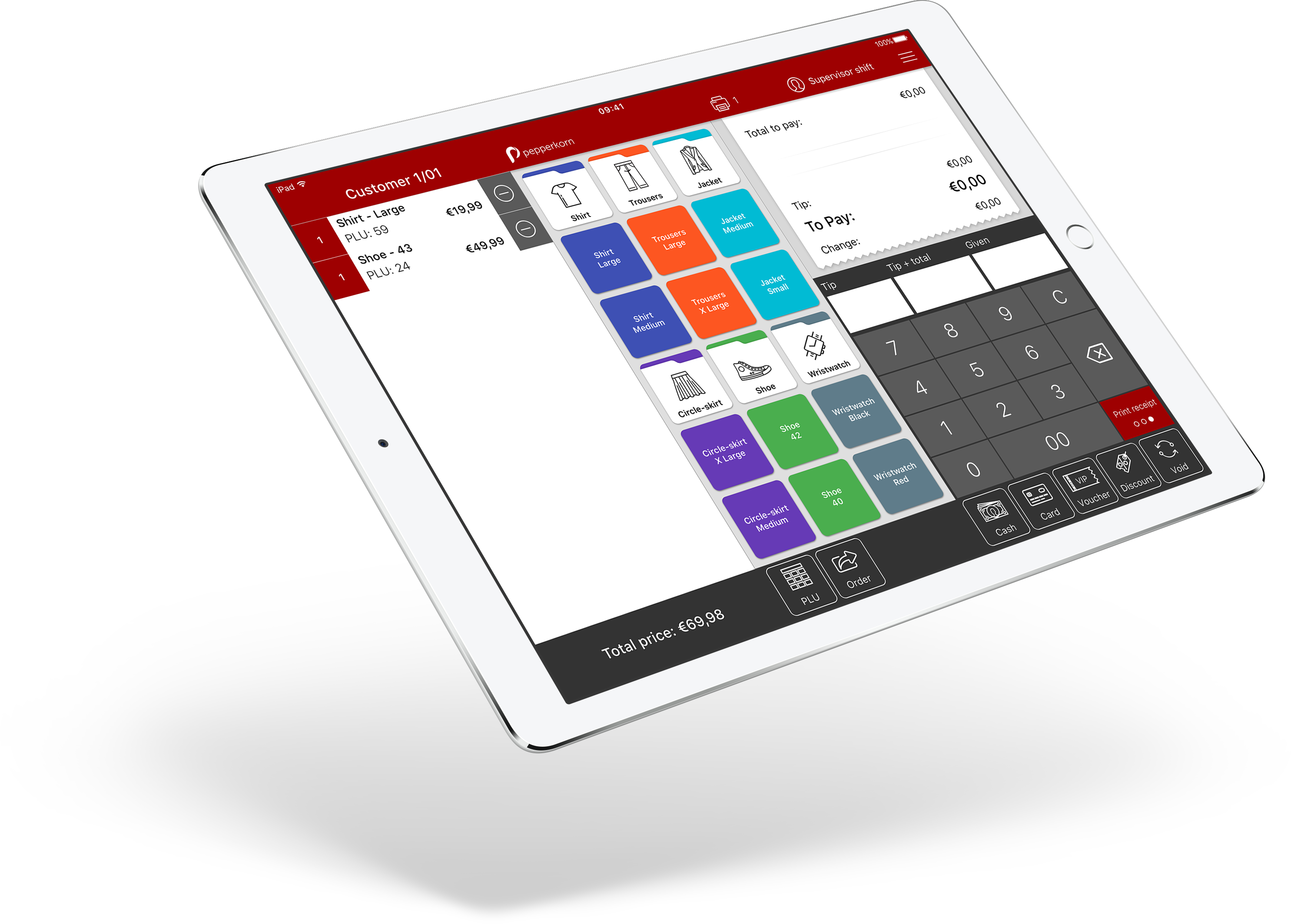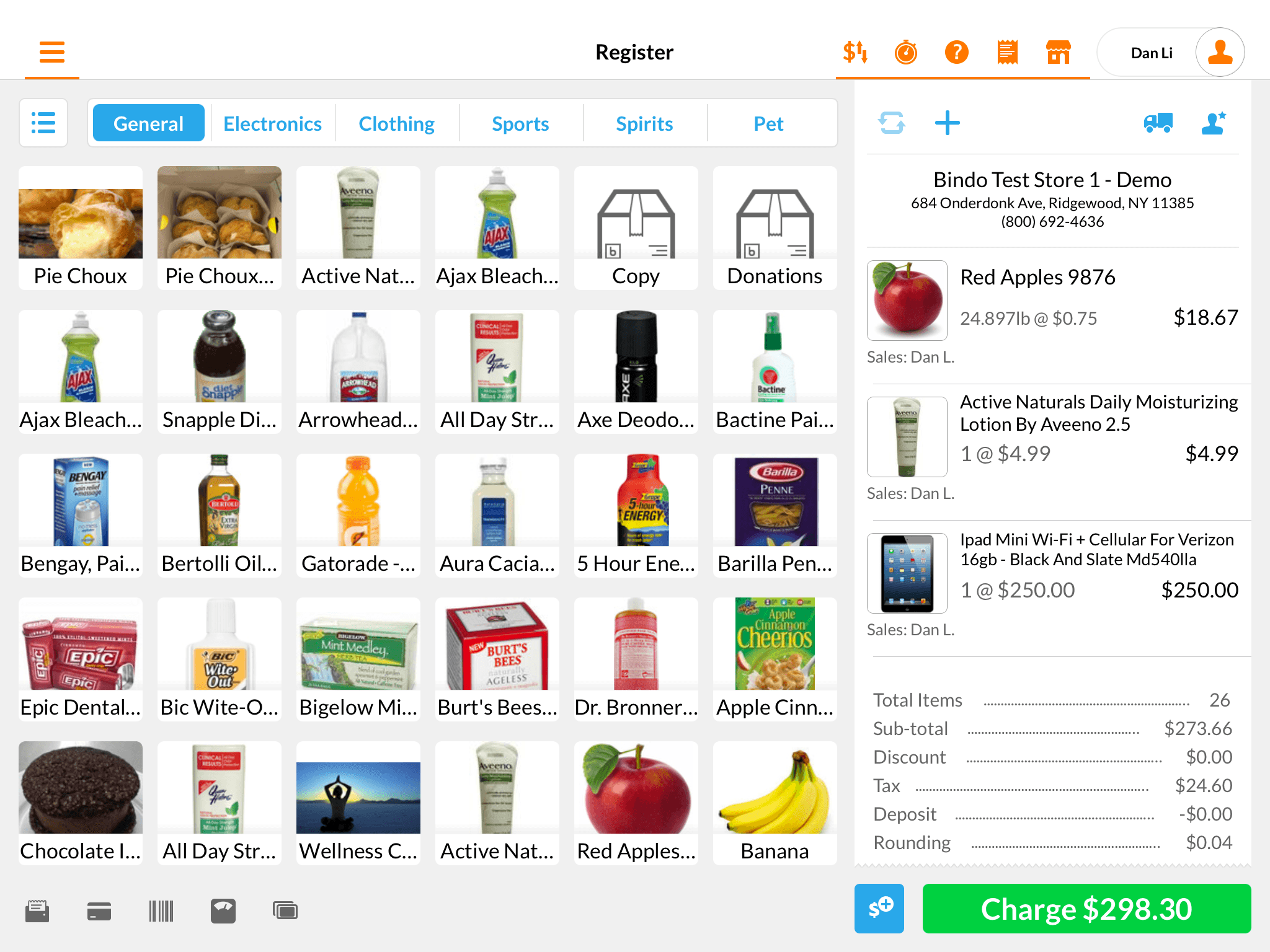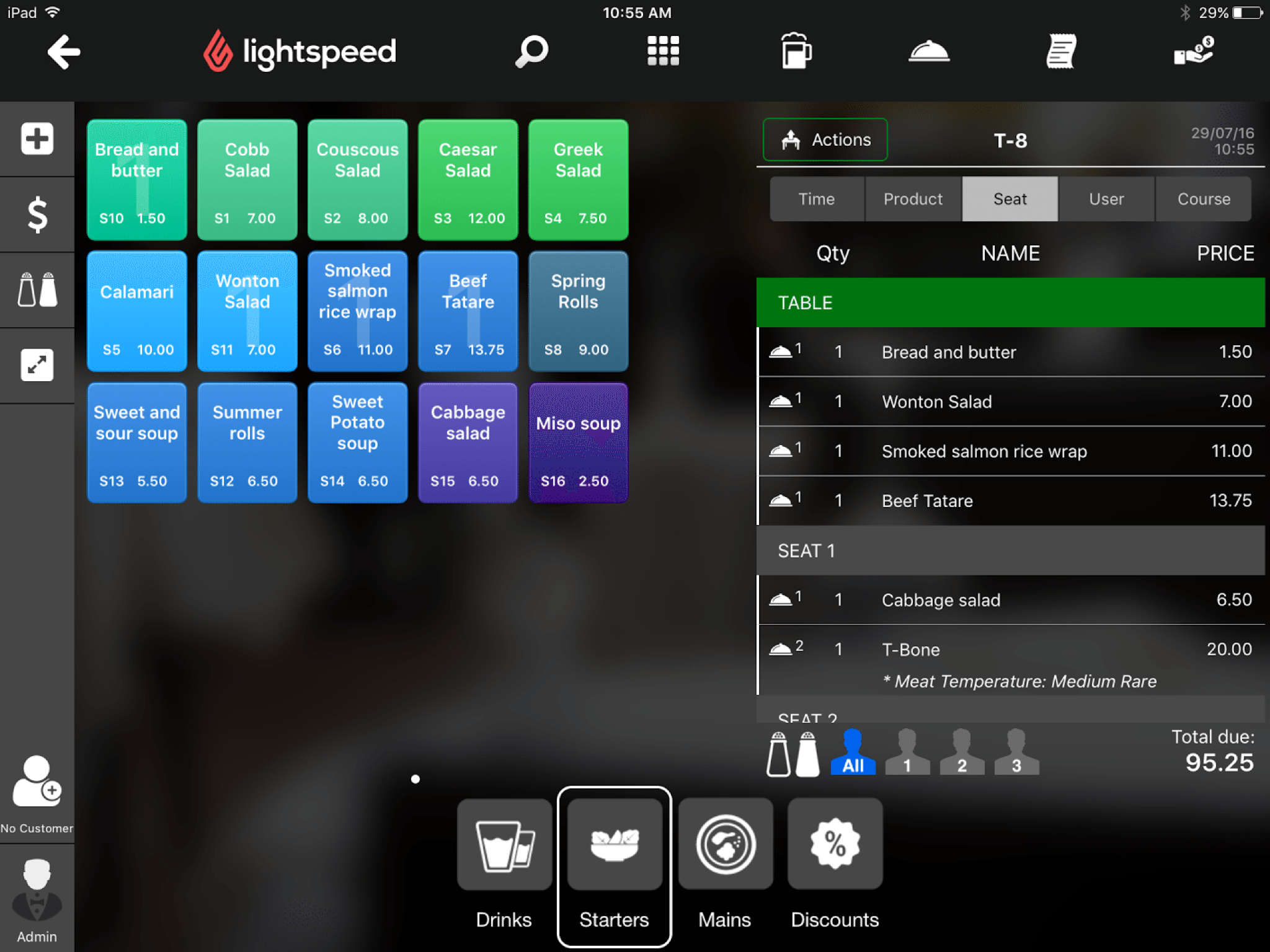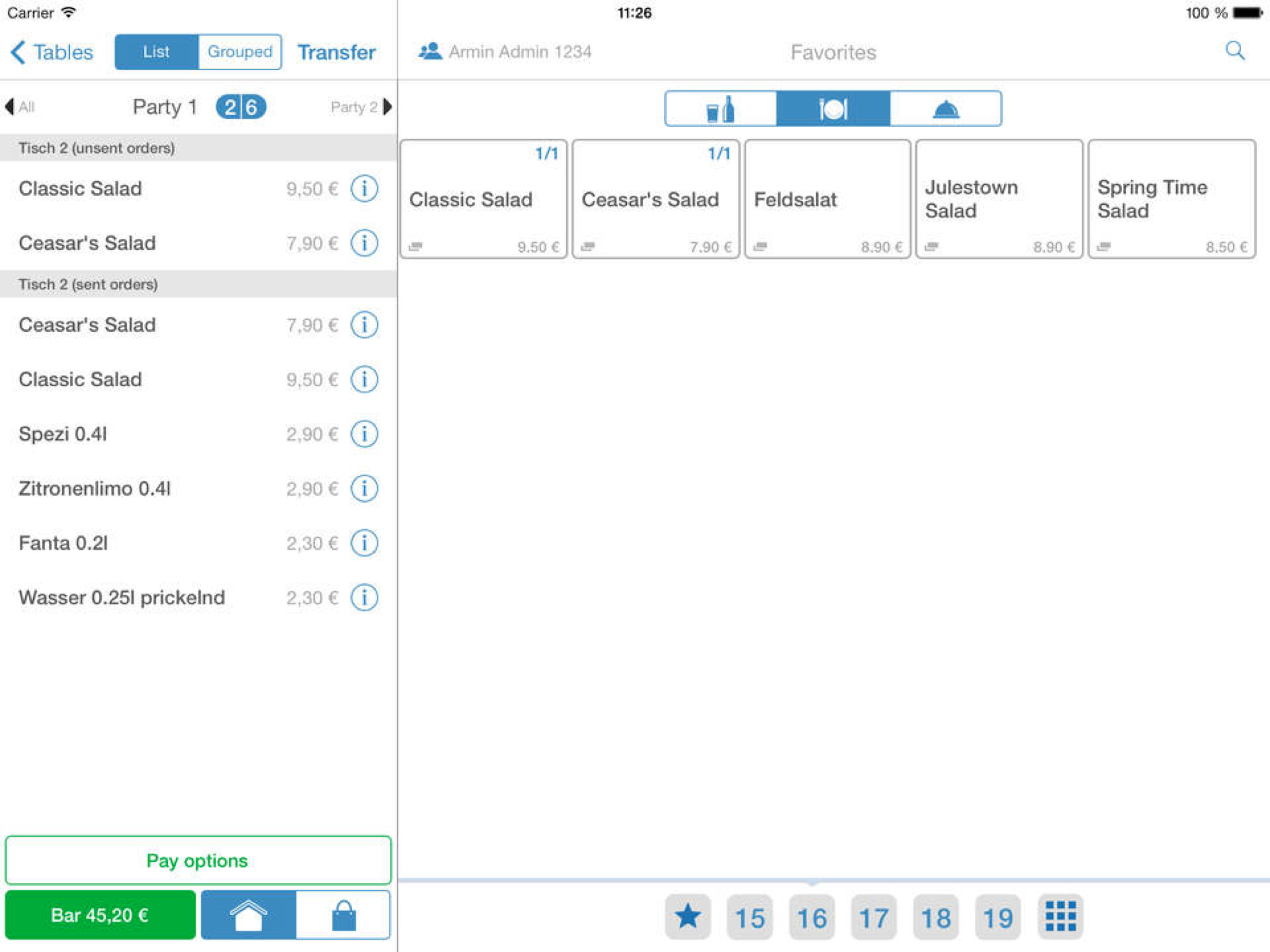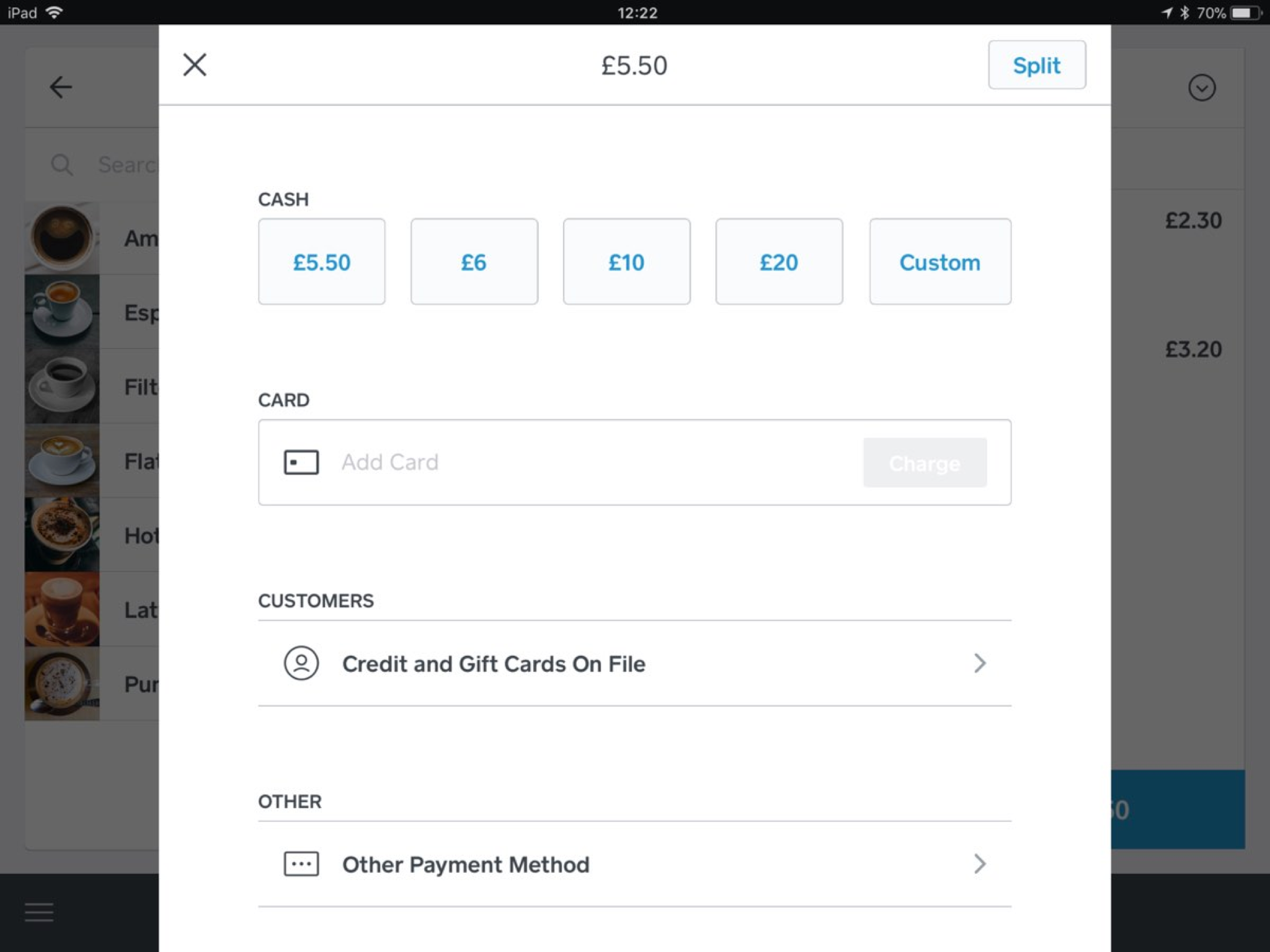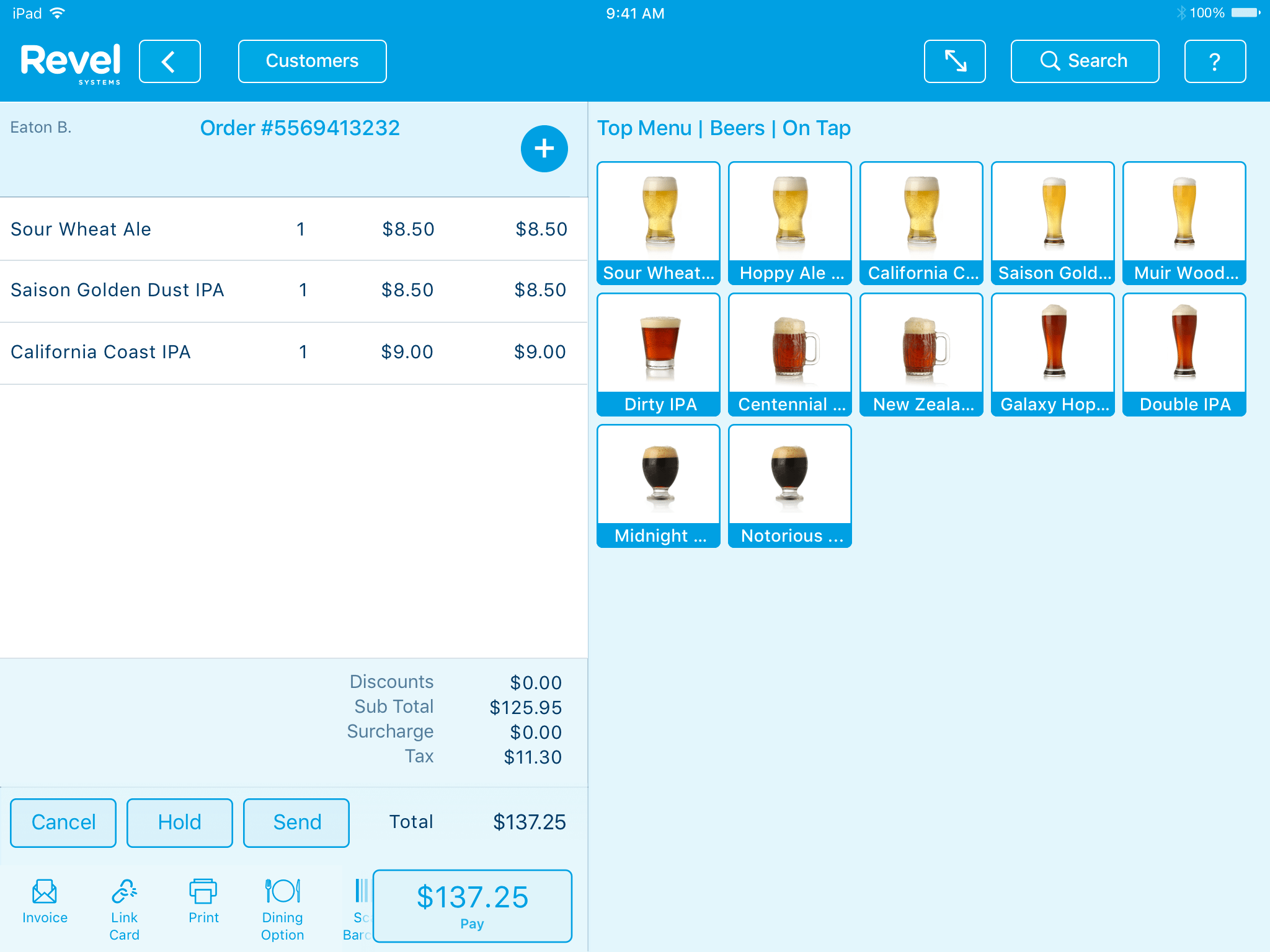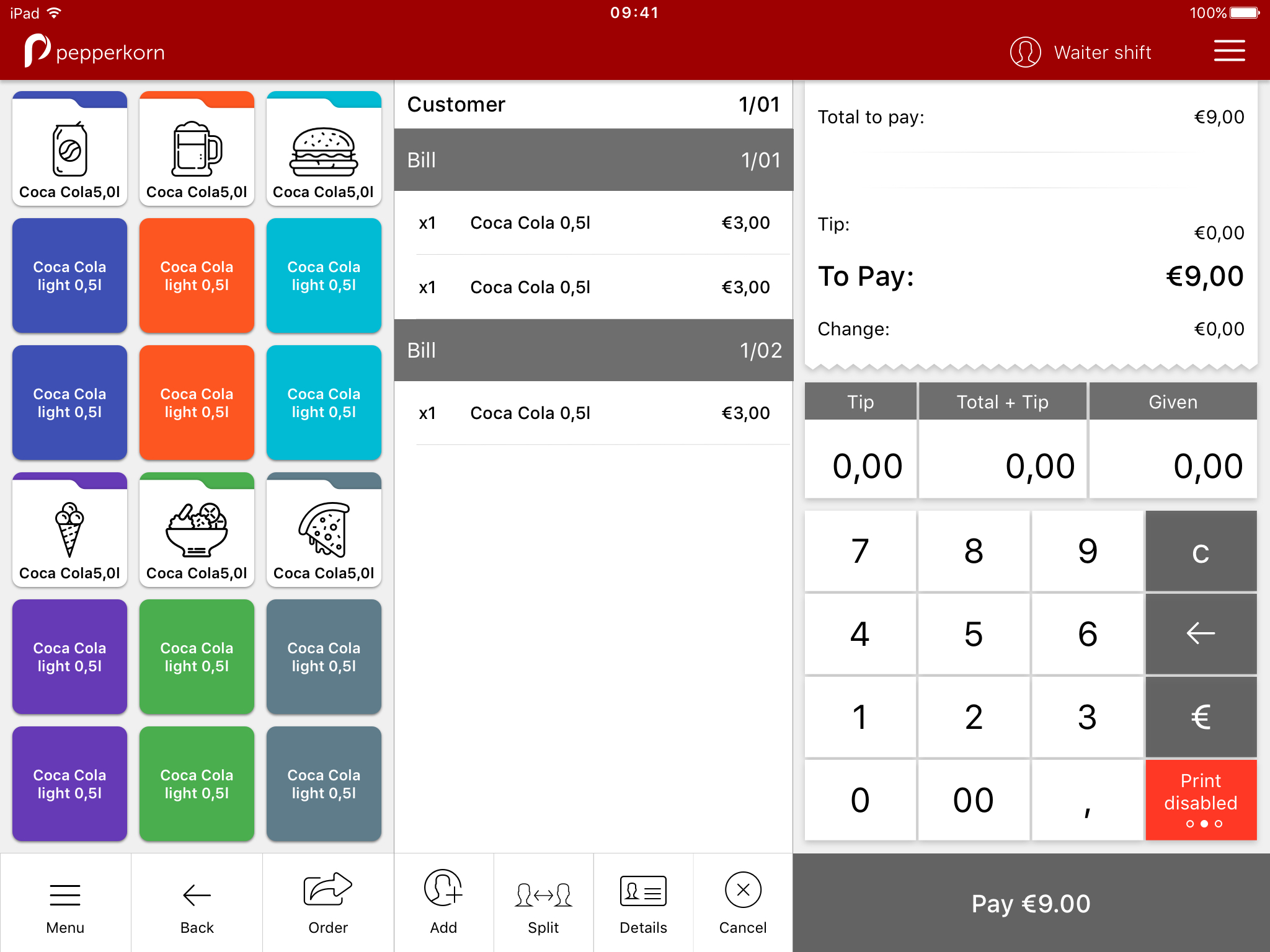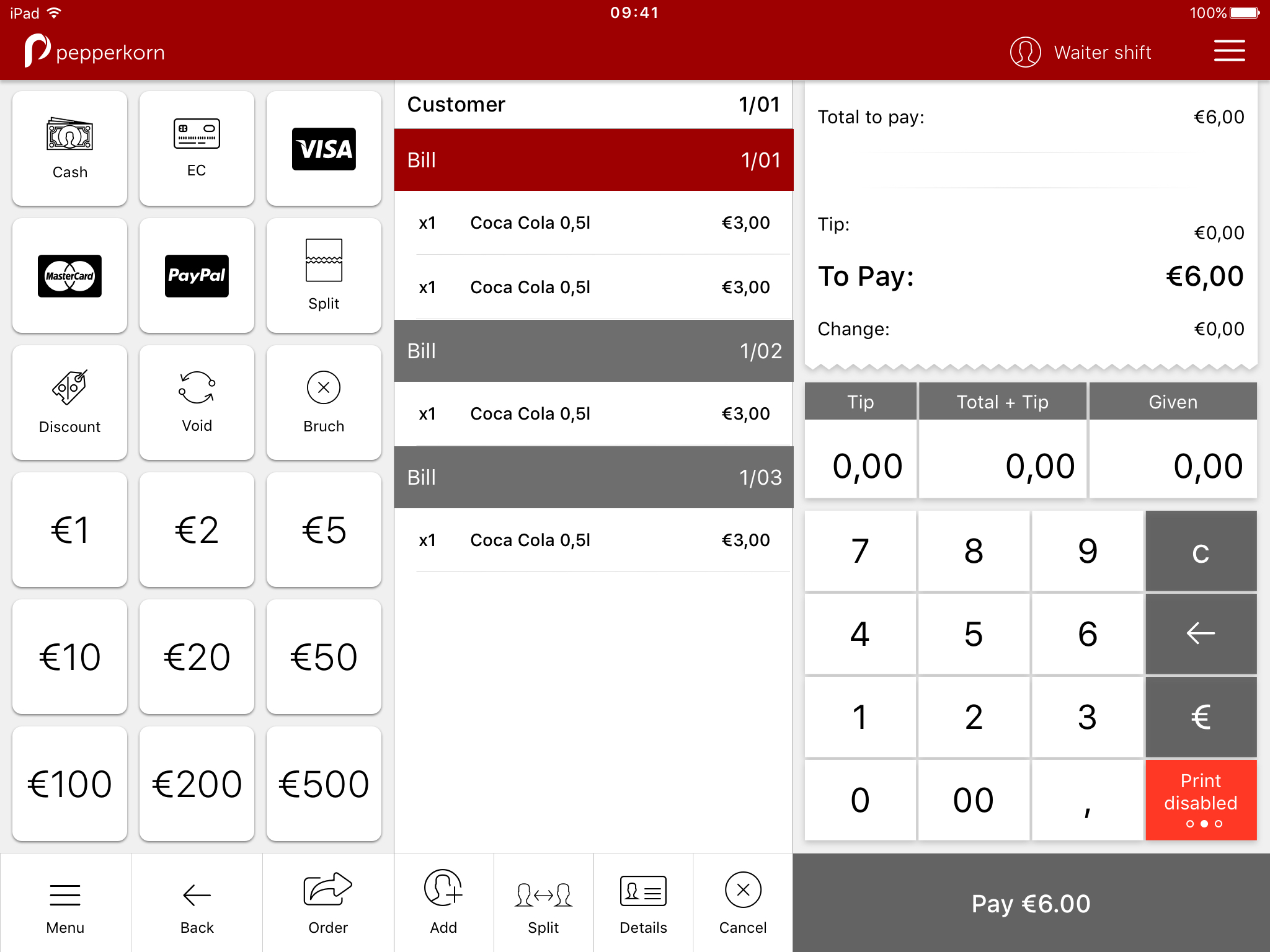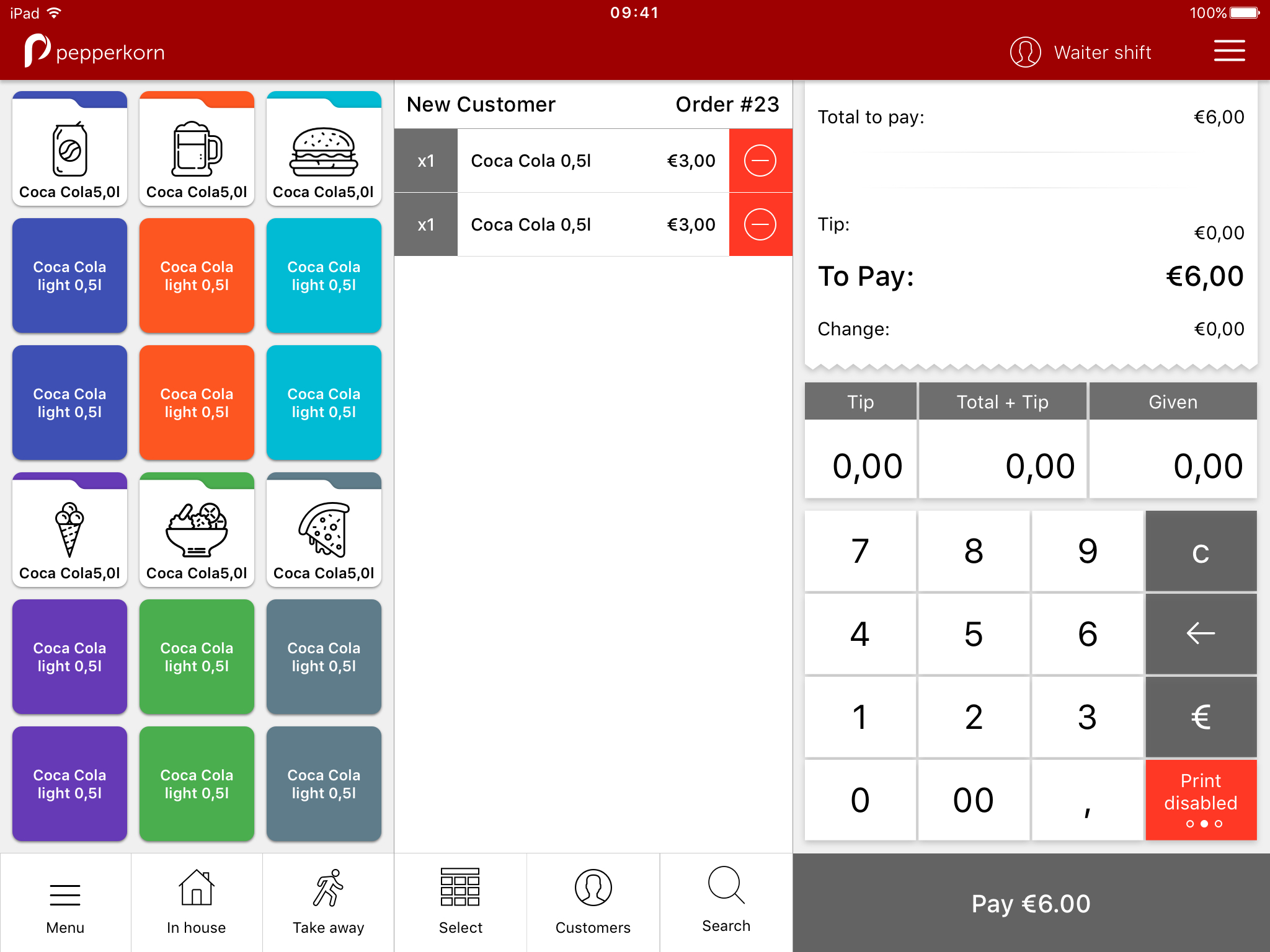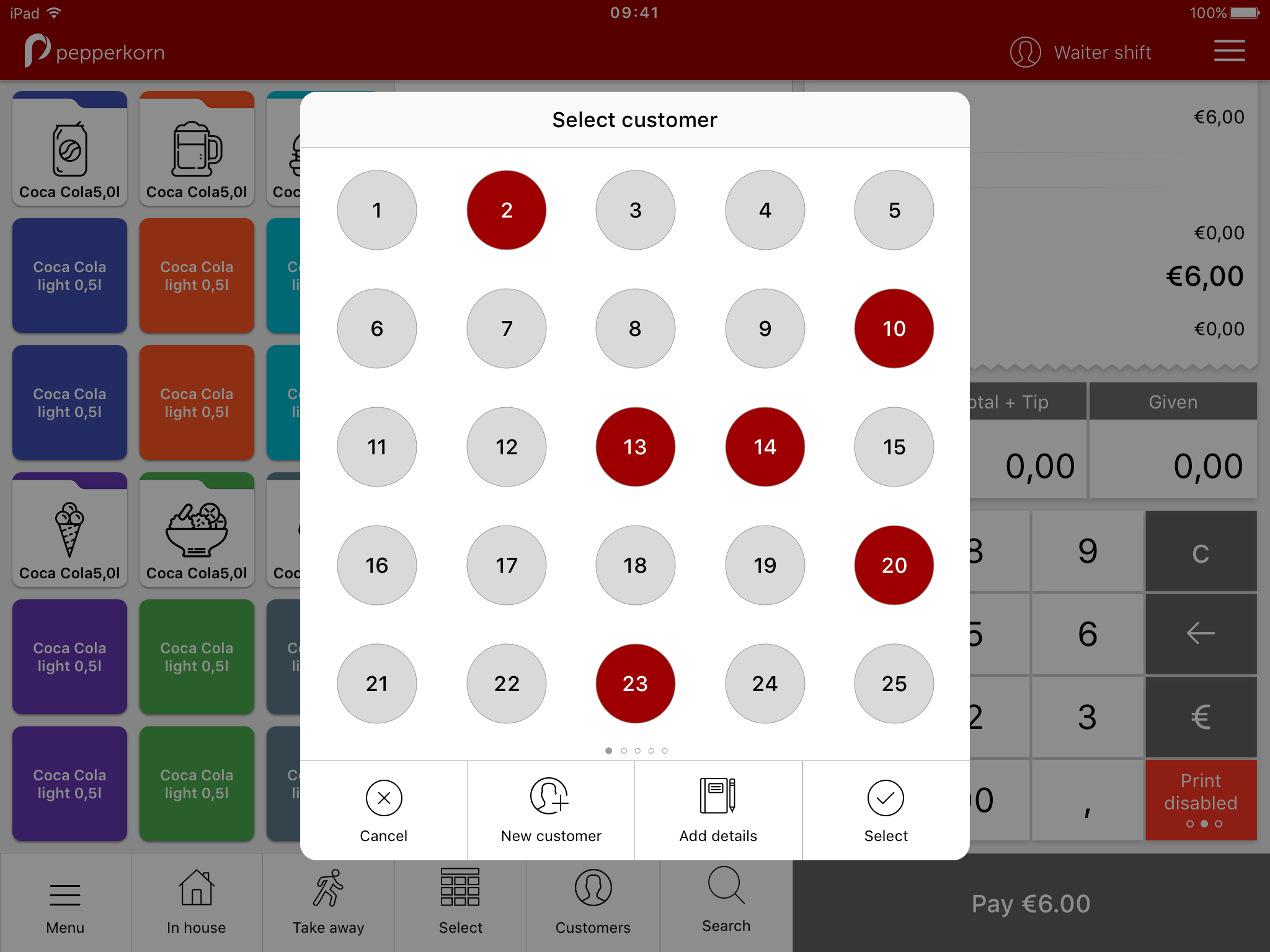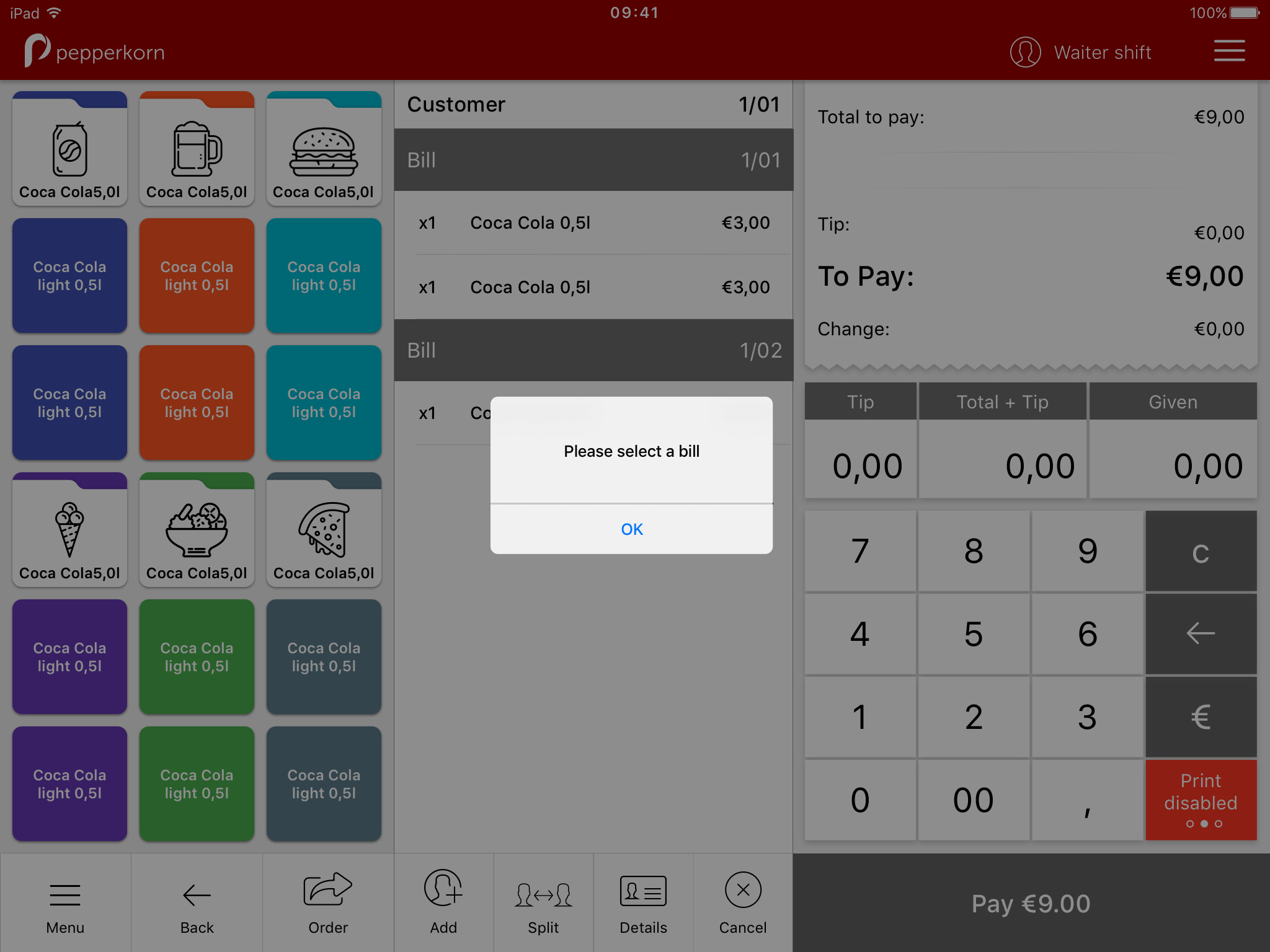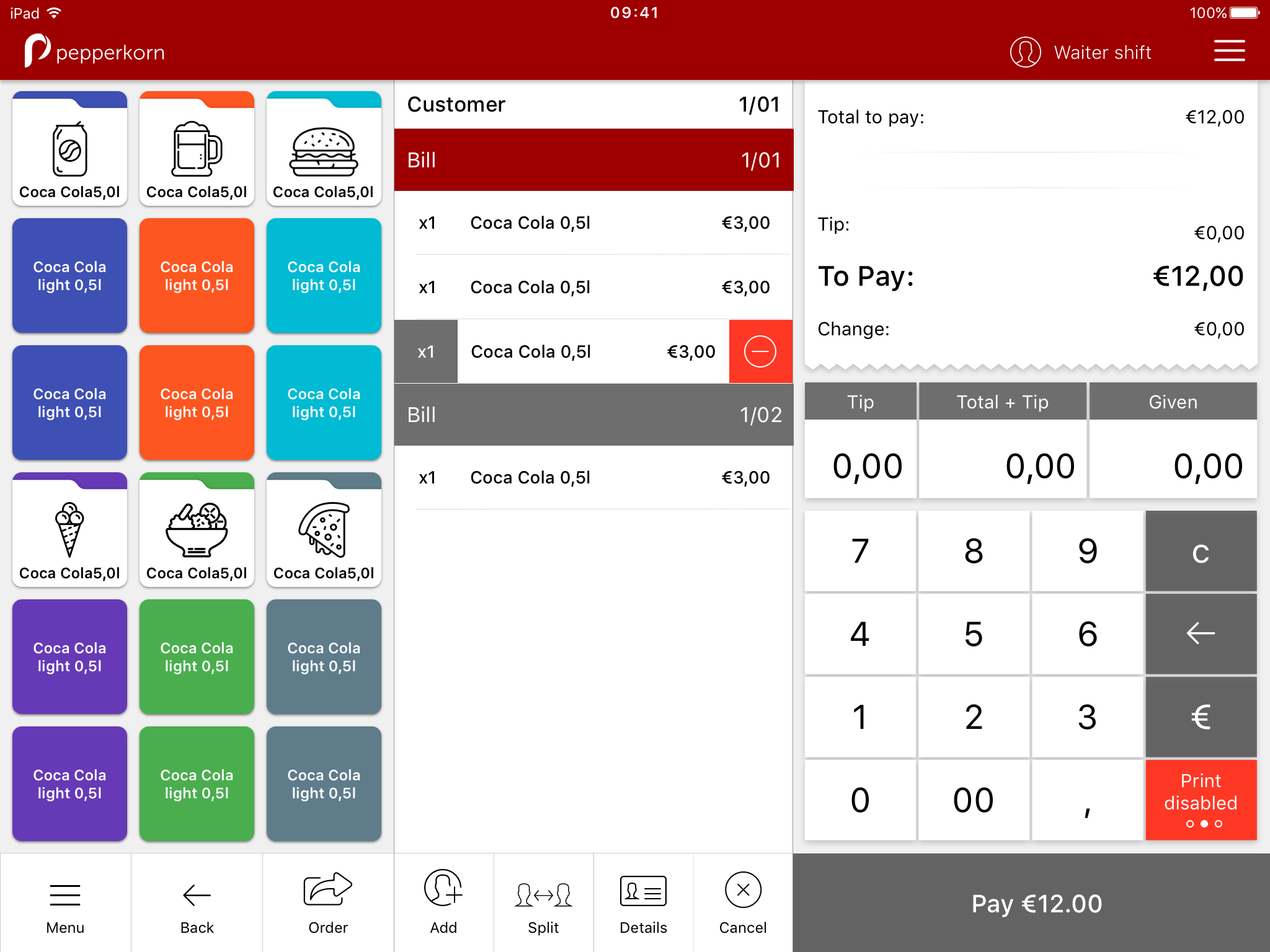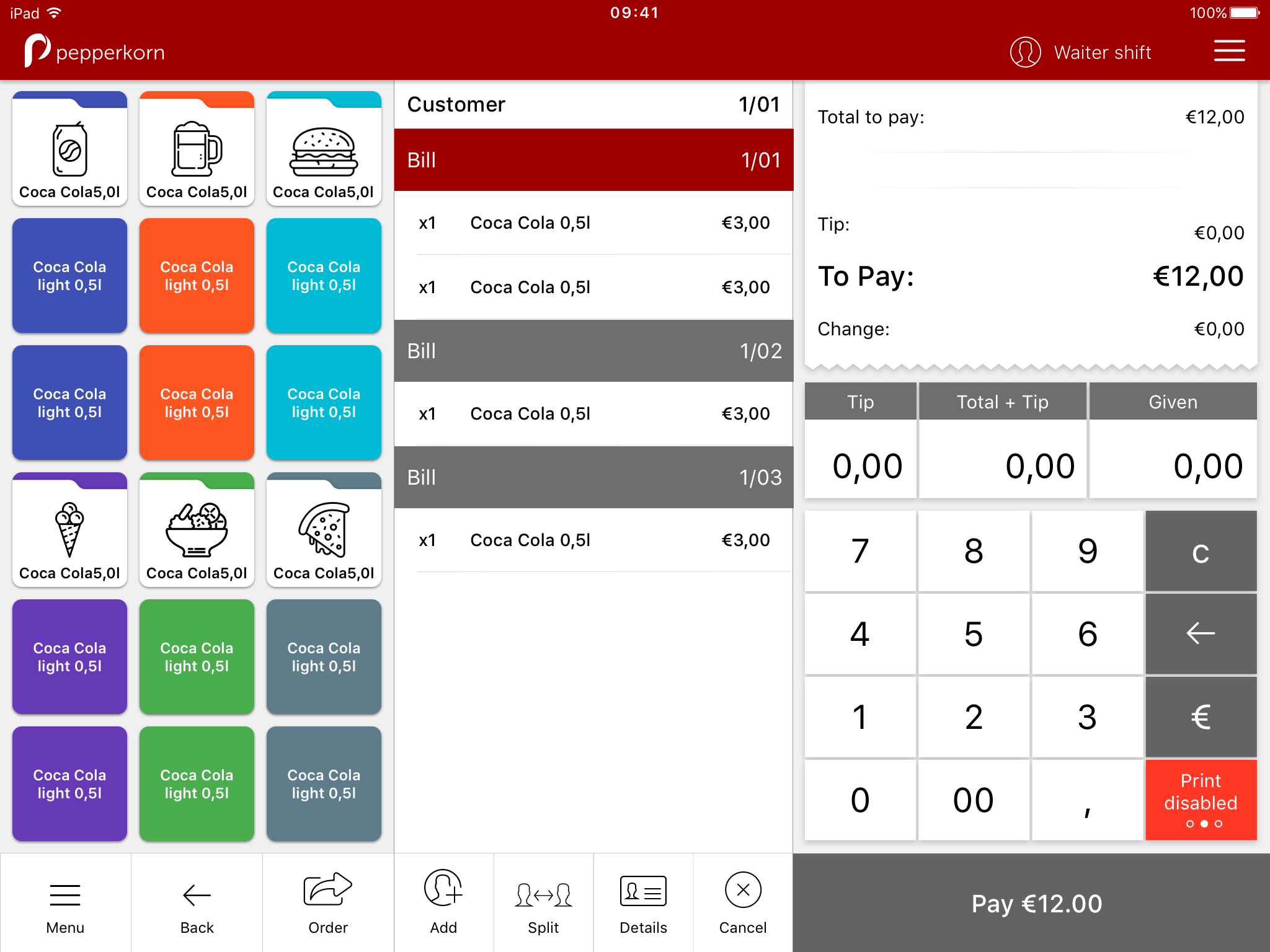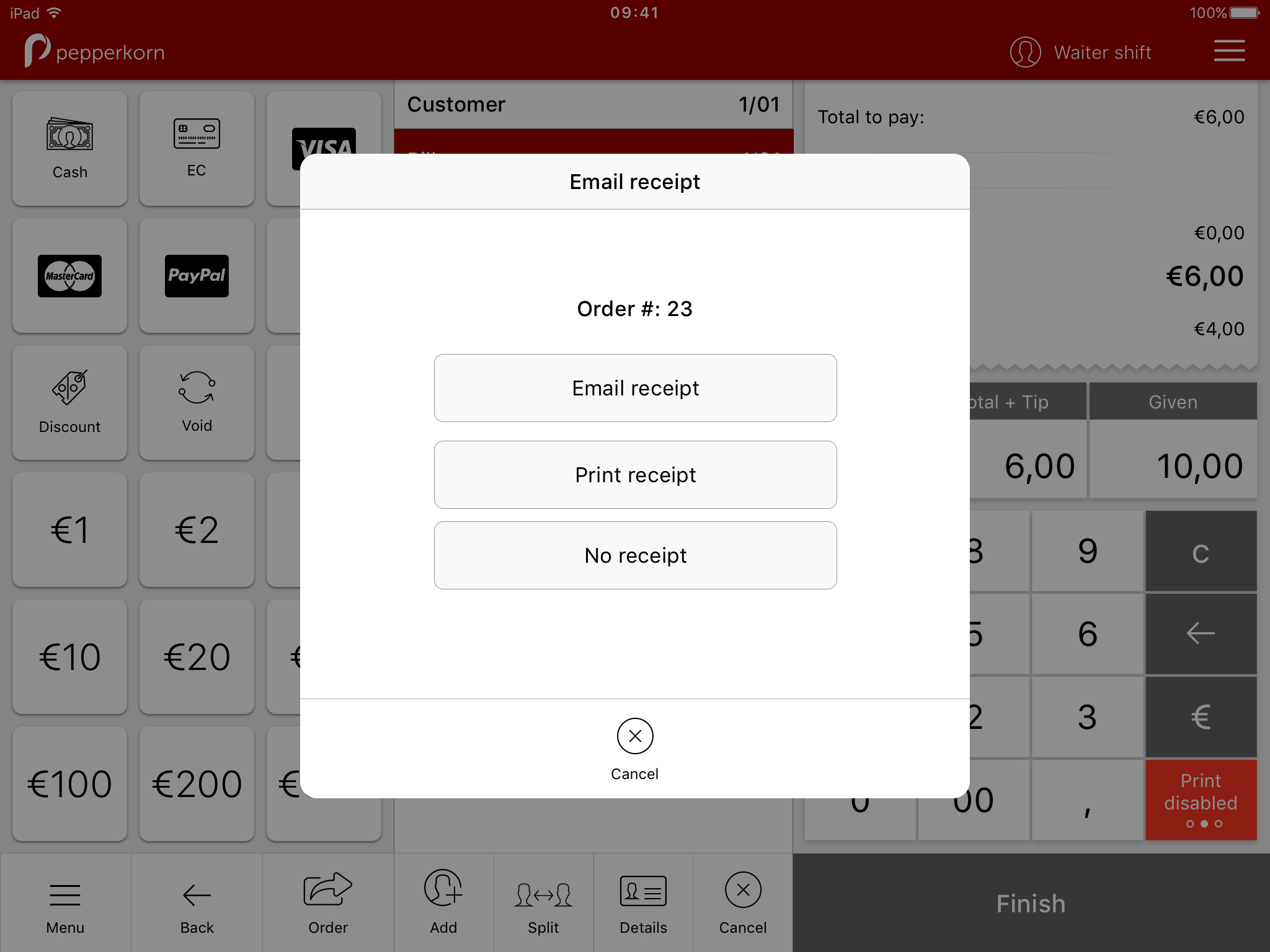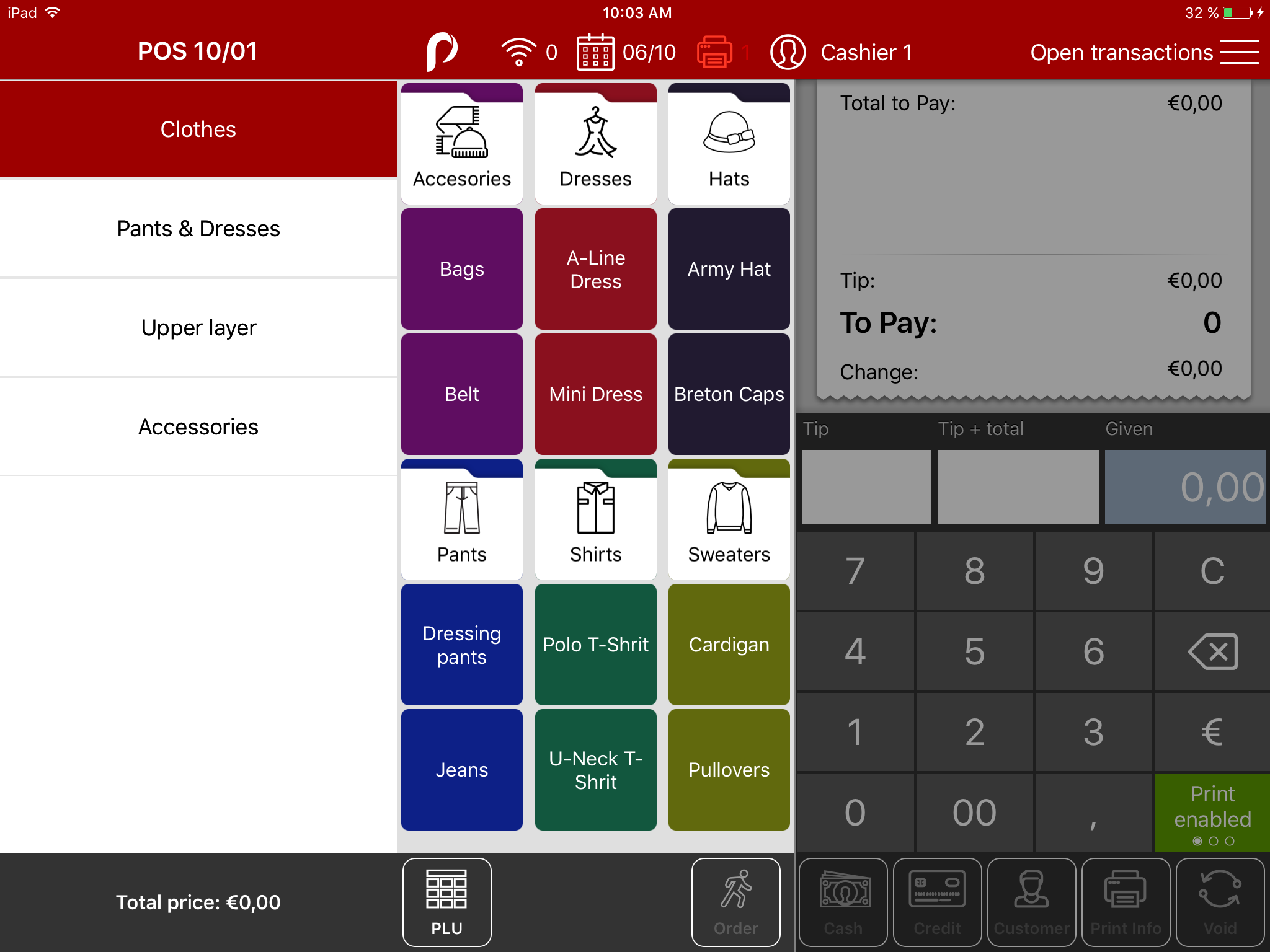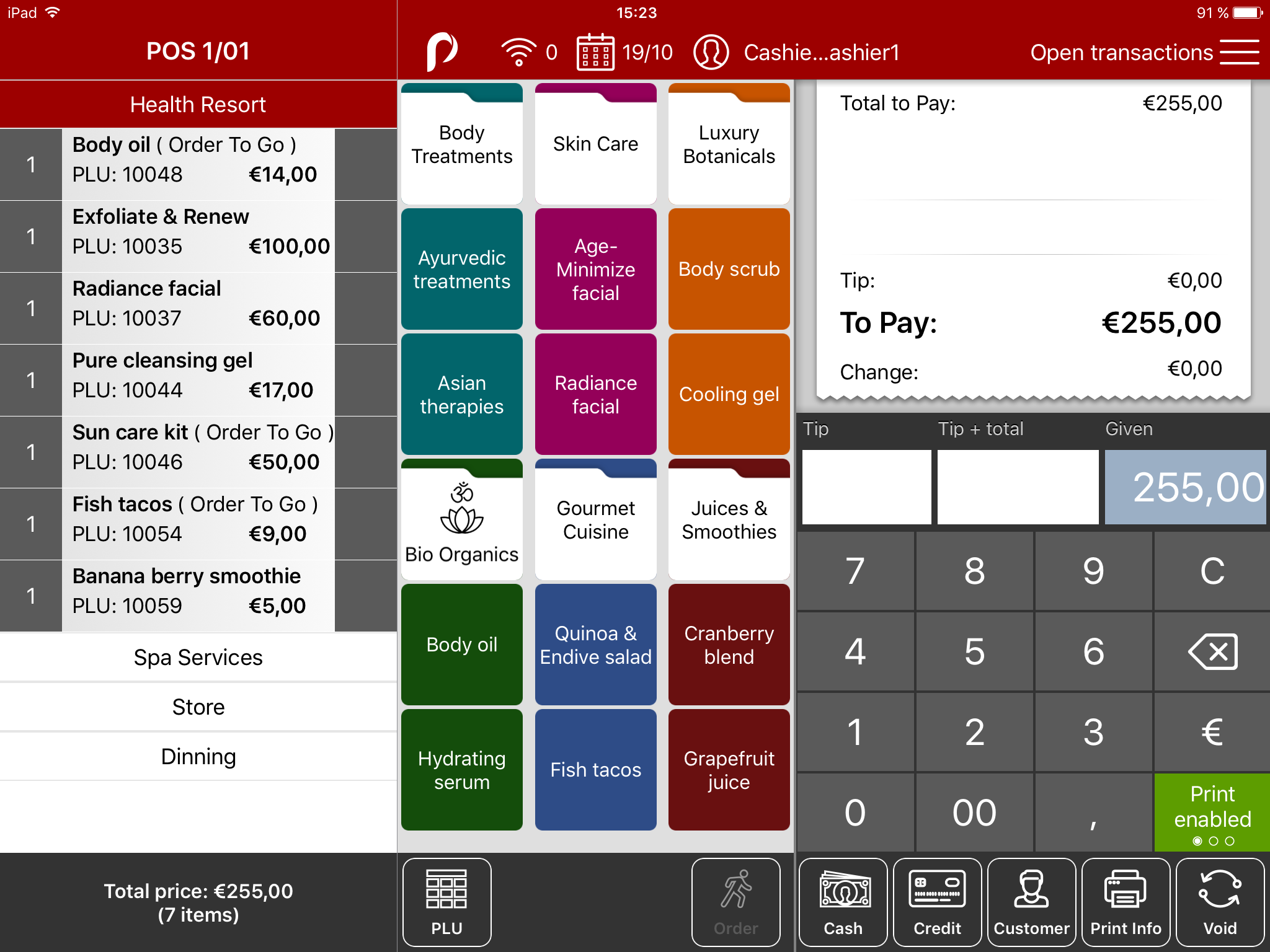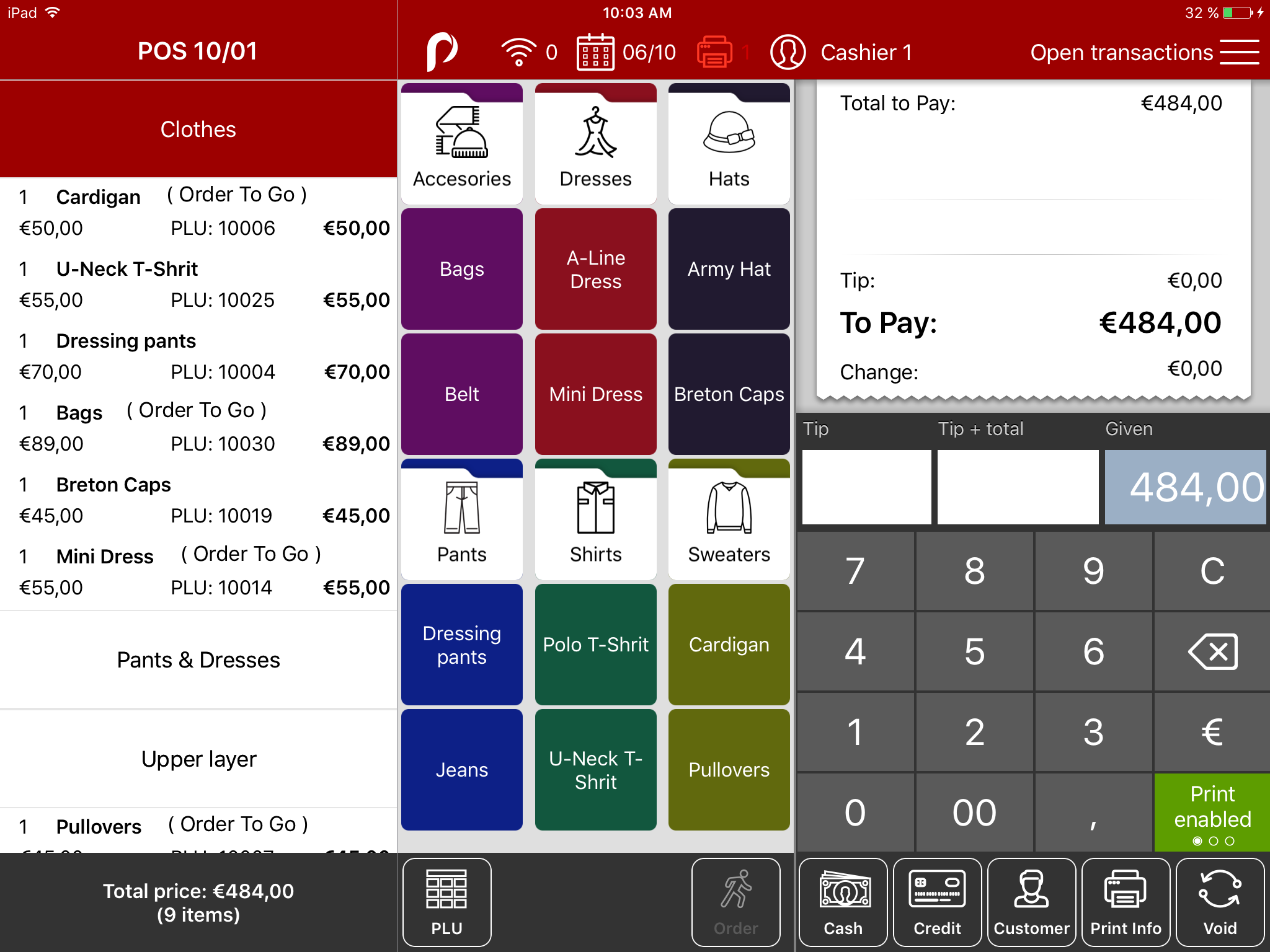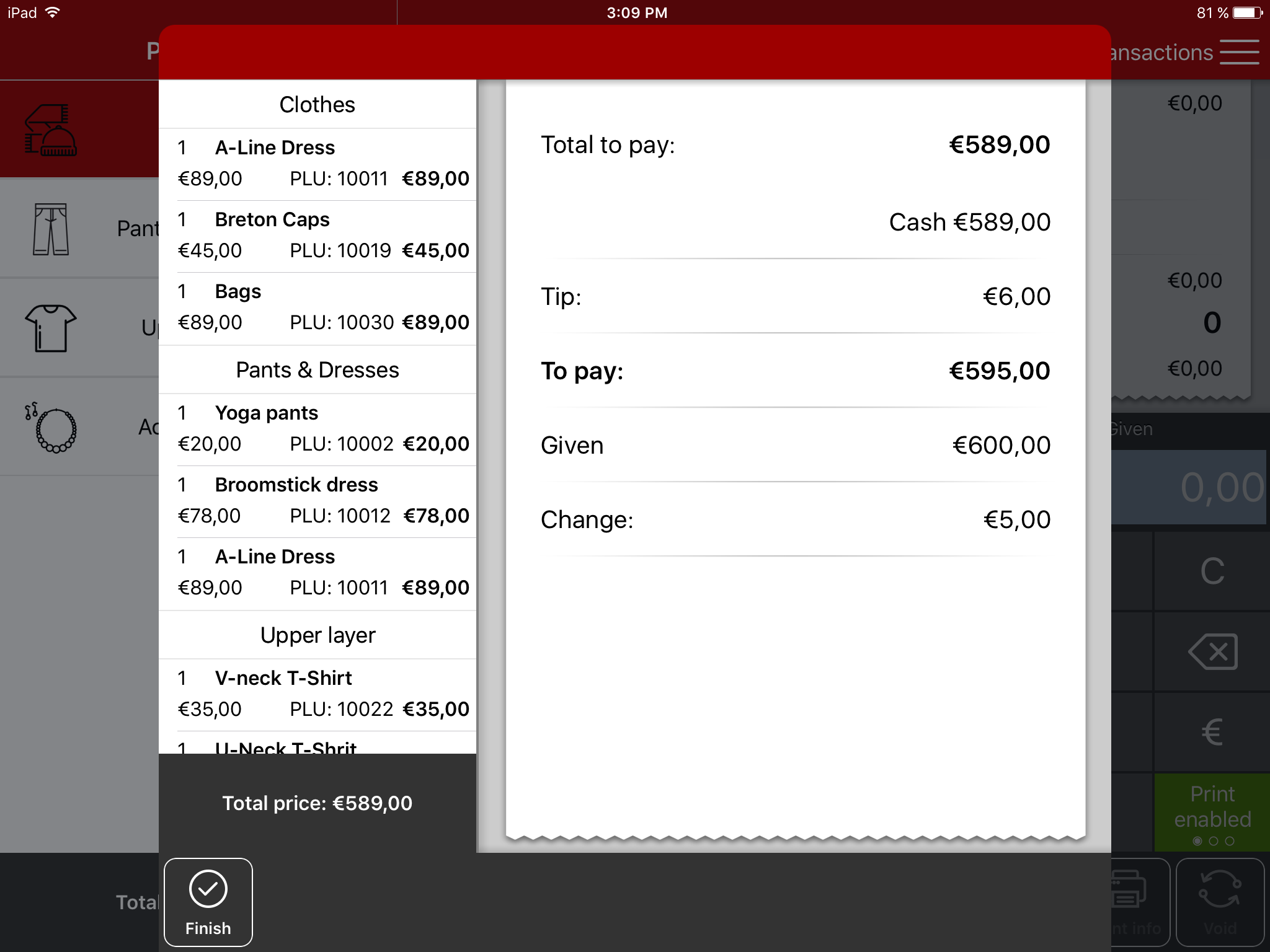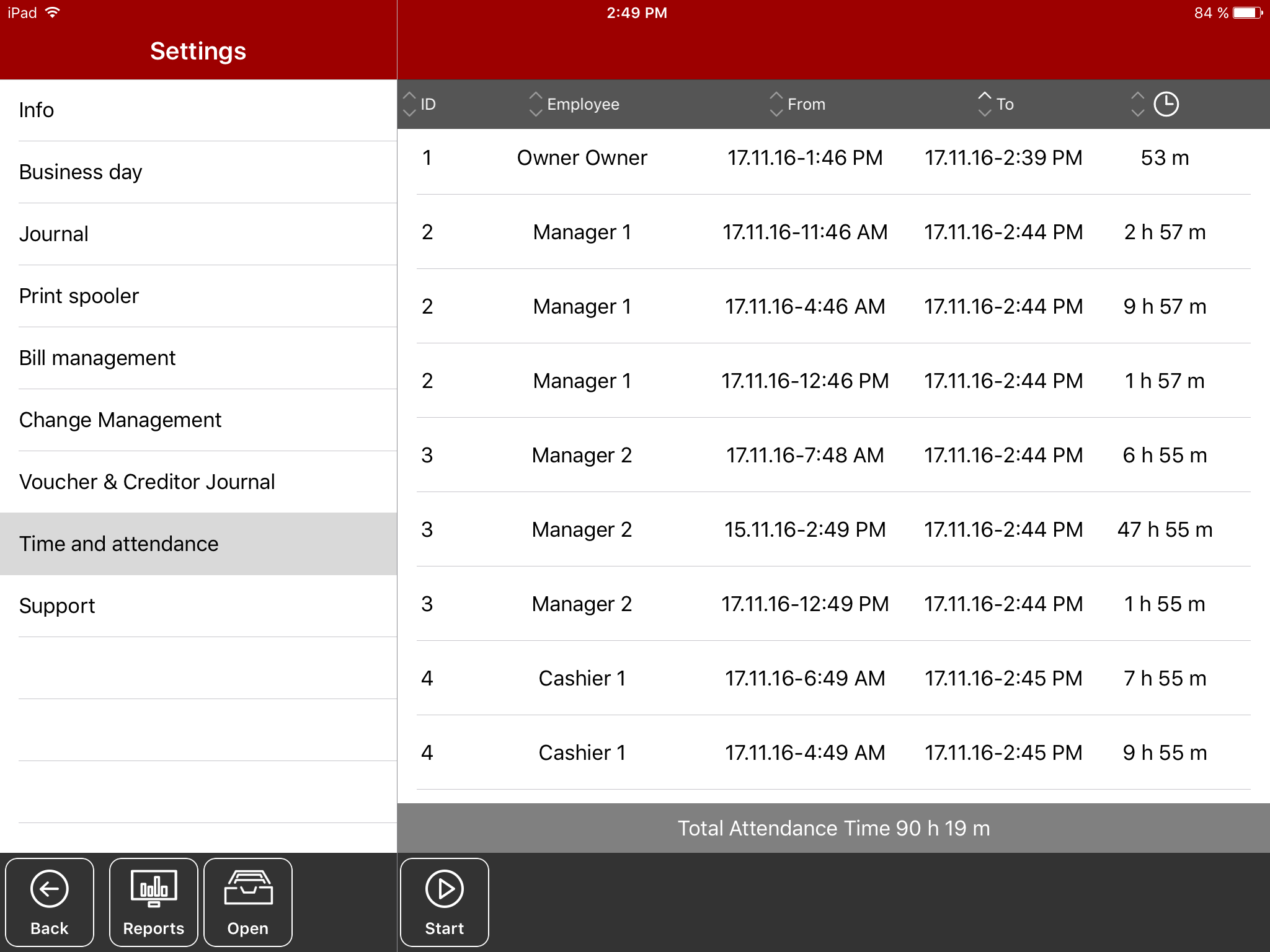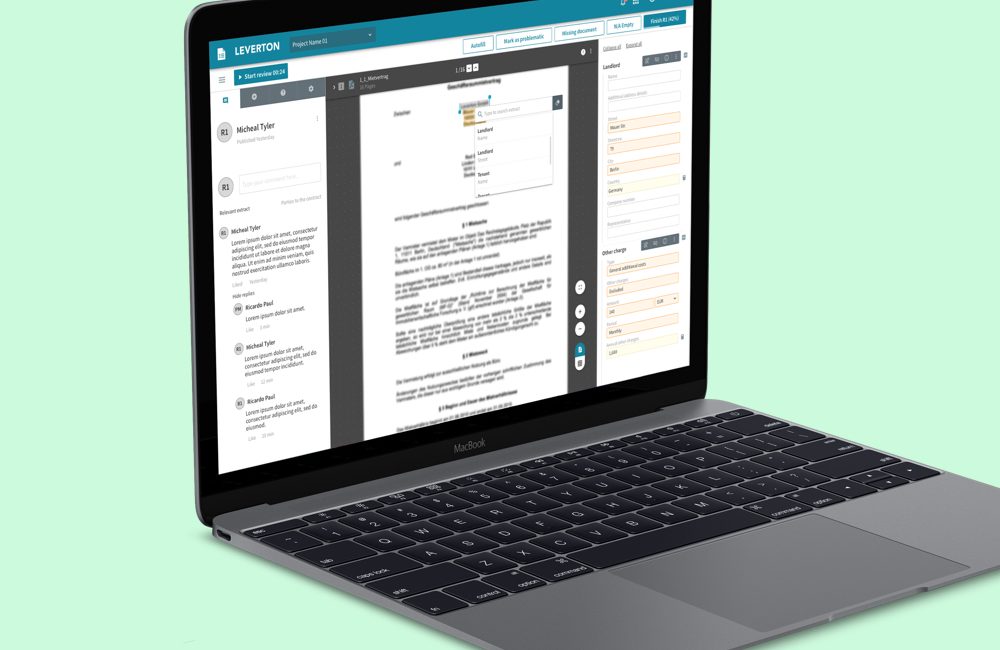Pepperkorn
Pepperkorn is an intuitive point of sale software (POS) that allows you to record all your sales transactions and effectively control your hardware solutions in the future. Pepperkorn is built on a flexible platform that supports mobile integrations, mobile payments, cloud-based software and data storage.
Using our main app (Gastrofix) for small restaurants, retail stores, and small business was impossible since it only focuses on big restaurants that have a table plan. Therefore we thought on How Might we provide small restaurants, retail stores and small businesses with a point of sale system (POS) in which they can adjust to business needs and fulfill our user requirements.
We did a competitor analysis to determine the strengths and weaknesses of our competitors within the market. It helped us gauge how to curb competitors and refine our strategy.
In order to create our persona, we got in touch with potential users to understand their pain points, as well as, we sat our customer care team to get some insights about our current users and understand their needs.
Our persona helped us to drive design decisions by taking common user needs and to recognize that different people have different needs and expectations, and bringing them to the forefront of planning before we start with our design process.

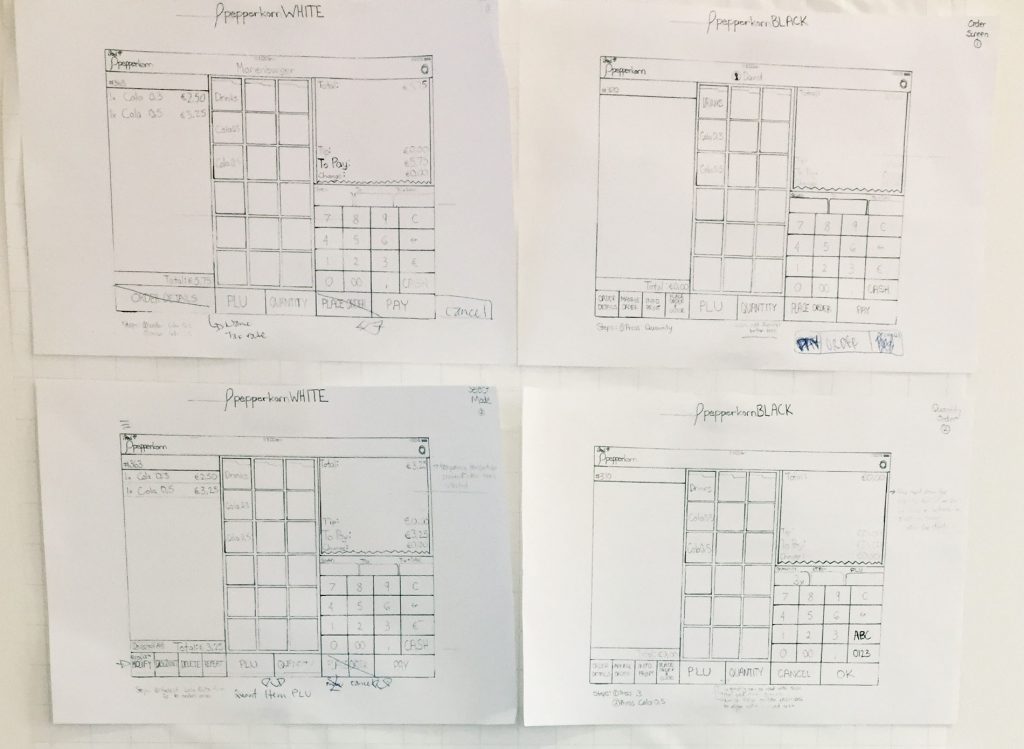
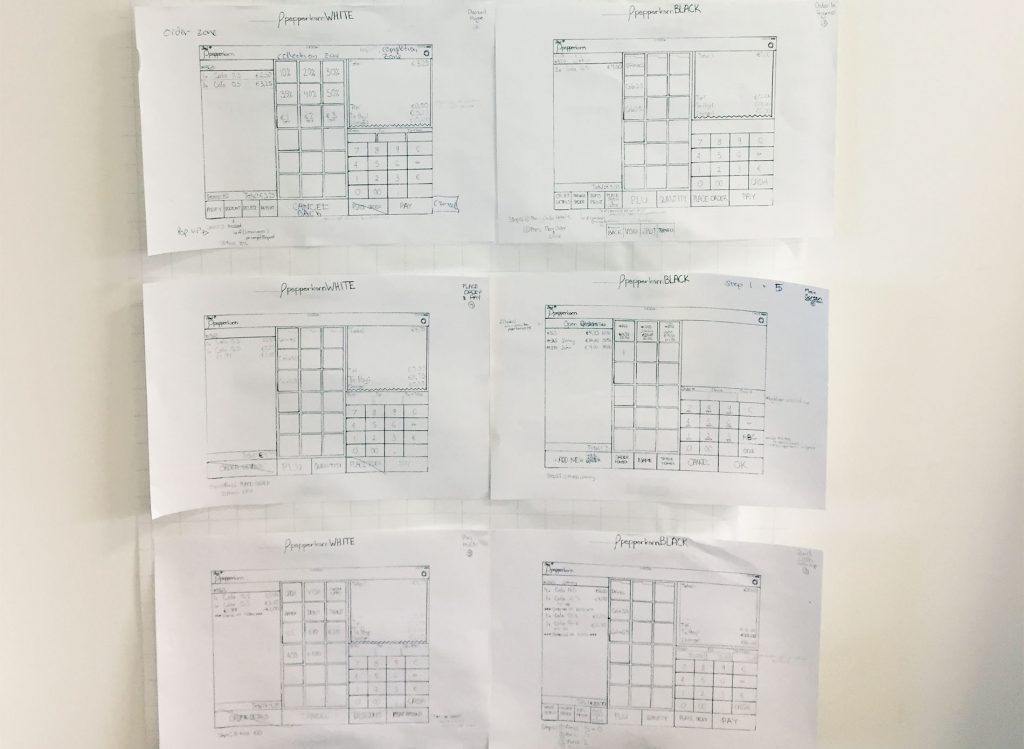
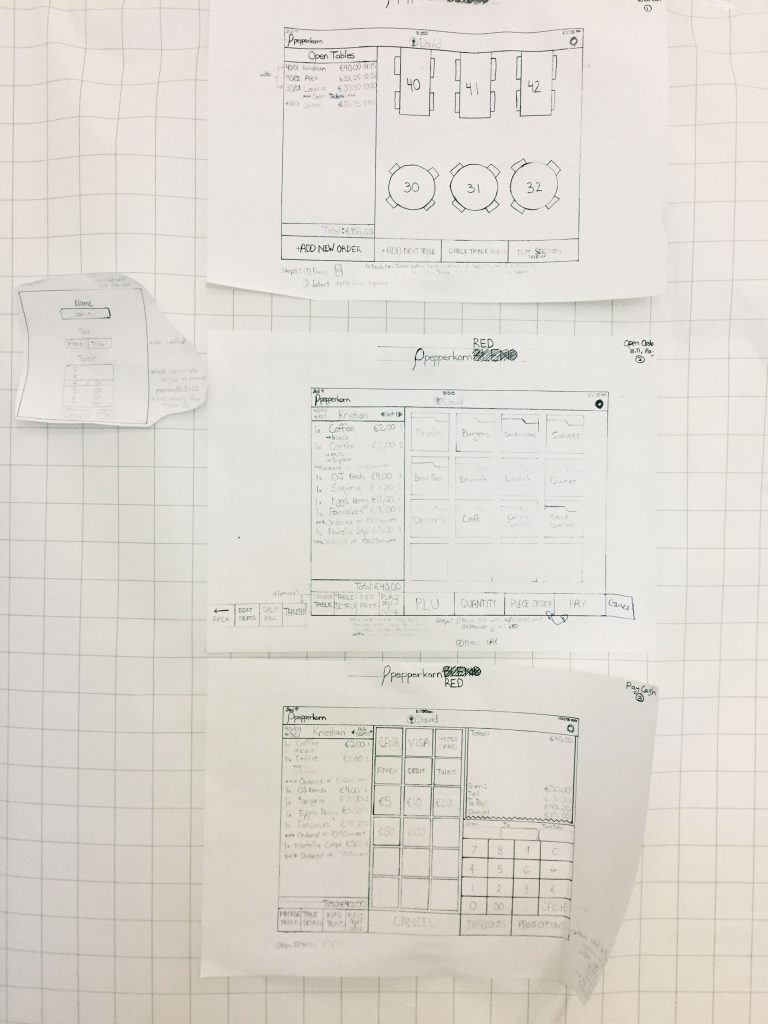
• Once the user press on “Place order” it gives the user the ability to select the customer number and add a name to the order.
• On the right side, the user is able to see the bill and other functionality such as adding a tip or split the bill.
• Adding discounts and small payment saves the user time and steps.
